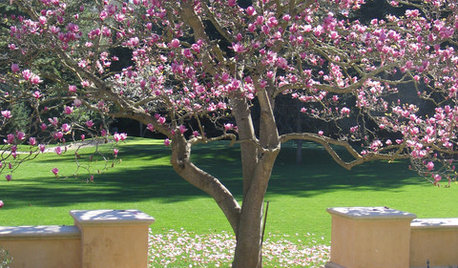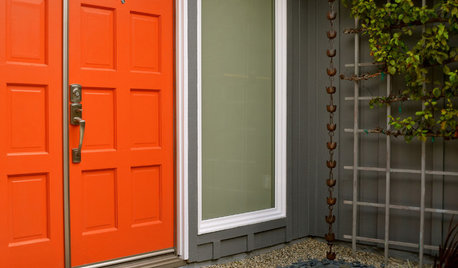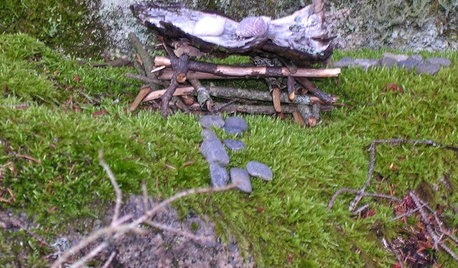Help with identifying Moss/Bryophyte (photos)
topie
14 years ago
Related Stories

EARTH DAYThe Case for Losing the Traditional Lawn
Work less, help the environment and foster connections by just saying no to typical turf
Full Story
LIFE10 Ways to Honor and Remember a Departed Loved One at Home
Help the grieving process and keep beautiful memories alive with these thoughtful tributes
Full Story
MOST POPULARHow to Choose a Front Door Color
If choosing a door paint isn't an open-and-shut case for you, here's help
Full Story
TRANSITIONAL HOMESHouzz Tour: The Science of Blending Old and New
An interior designer helps clients pull together modern furniture and heirloom pieces in a classic home
Full Story
MOVINGMaking a Home Away From Home
Feeling like a stranger in a strange land? These tips can help ease the transition after a big move
Full Story
COLORChoosing Hues: Roll With the Color Wheel
See how an age-old tool can help you find the right paint
Full Story
EDIBLE GARDENSNatural Ways to Get Rid of Weeds in Your Garden
Use these techniques to help prevent the spread of weeds and to learn about your soil
Full Story
GREENColor Guide: How to Work With Chartreuse
As earthy or electric as you please, this yellow-green hue brings the zing or just freshness to homes from traditional to modern
Full Story
CONTAINER GARDENS3 Steps to Creating Quick, Easy and Colorful Succulent Containers
Take a bright container, add a colorful succulent or two and have a professional, summery design in minutes
Full Story
FUN HOUZZSomething a Little Different: Fairy Houses
Miniature abodes crafted for otherworldly creatures capture the imagination
Full Story





topieOriginal Author
lycopus
Related Professionals
Barrington Hills Landscape Architects & Landscape Designers · Jennings Landscape Architects & Landscape Designers · Zion Landscape Architects & Landscape Designers · Elgin Landscape Contractors · Euclid Landscape Contractors · Fairview Landscape Contractors · North Ridgeville Landscape Contractors · Selden Landscape Contractors · Soddy Daisy Landscape Contractors · Vacaville Landscape Contractors · Hawaiian Gardens Landscape Contractors · Maple Heights Landscape Contractors · North Myrtle Beach Decks, Patios & Outdoor Enclosures · Palm Beach Gardens Decks, Patios & Outdoor Enclosures · Truckee Decks, Patios & Outdoor EnclosurestopieOriginal Author
milkweed2
terrestrial_man
lycopus
topieOriginal Author
terrestrial_man
jessica.budke
edlowjr